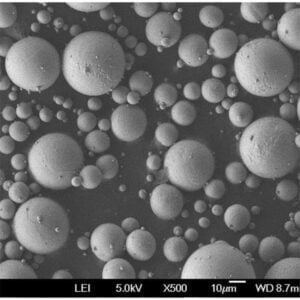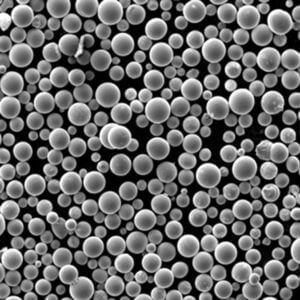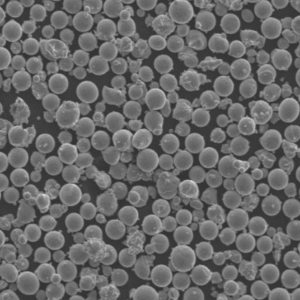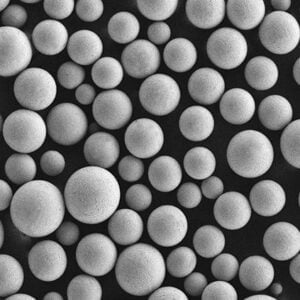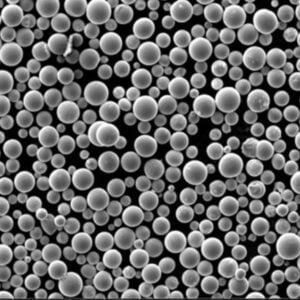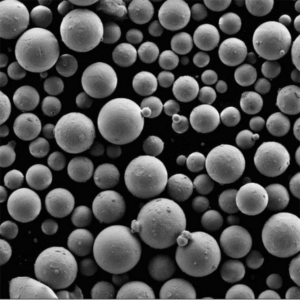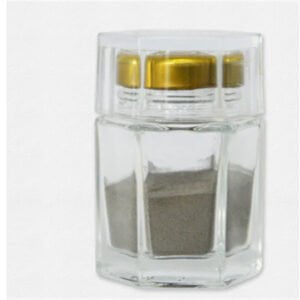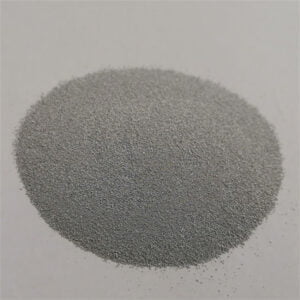Atomisering av metallpulver
Innehållsförteckning
Finfördelning av metallpulver is a critical technology for producing fine metallic powders with specialized characteristics. This guide covers the fundamentals, methods, applications and commercial landscape of metal powder atomization.
What is Metal Powder Atomization?
Metal powder atomization refers to industrial processes that turn molten metal alloys into fine liquid droplets, rapidly solidifying them into powder particles.
It involves:
- Melting metals into a liquid state
- Generating a molten metal stream
- Breaking up the metal into discrete droplets
- Solidifying the droplets into powder
- Collecting and sieving the powder
Atomization is used to produce metal powders with unique compositions, sizes, shapes and microstructures suitable for advanced applications.
Key Atomization Benefits
- Anpassade legeringssammansättningar
- Controlled particle sizes
- Spherical powder shapes
- Defect-free powder metallurgy
- Novel microstructures
- Custom powder properties
Common materials made through atomization include various alloy systems:
- Rostfria stål
- Verktygsstål
- Koboltlegeringar
- Nickellegeringar
- Titanlegeringar
- Tungsten alloys
- Ädelmetaller
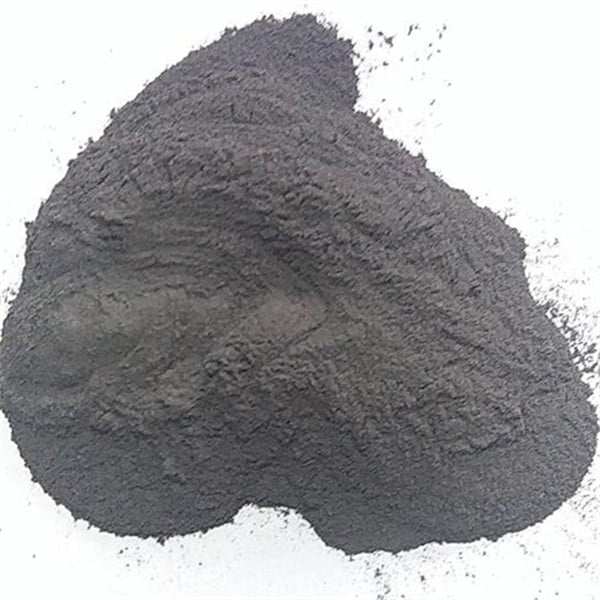
Metal Powder Atomization Methods
There are 5 main commercial atomization techniques:
Atomisering av gas
- Uses pressurized inert gas jets
- Common gases: Nitrogen, Argon, Helium
- Produces spherical, smooth powders
Atomisering av vatten
- Uses high pressure water jets
- Lower cooling rates than gas
- Irregular powder shapes
Centrifugal atomisering
- Molten metal poured on spinning disc
- Economical powder production
- Medium cooling rates
Atomisering med ultraljud
- Uses ultrasonic vibrations
- Specialized lab-scale method
- Nanoparticle production
Induktionssmältning med elektrod
- Electrode vaporization in inert gas
- Limited niche applications
- Lower productivity
Atomization Method Comparison
| Metod | Partikelform | Storleksintervall | Produktivitet | Kostnad |
|---|---|---|---|---|
| Atomisering av gas | Sfärisk | 10-150 μm | Hög | Hög |
| Atomisering av vatten | Oregelbunden | 20-400 μm | Mycket hög | Låg |
| Centrifugal atomisering | Semi-spherical | 20-250 μm | Medium | Medium |
| Atomisering med ultraljud | Sfärisk | 1-100 nm | Mycket låg | Hög |
| Induktionssmältning med elektrod | Blandad | 10-100 μm | Låg | Medium |
Atomisering av metallpulver Process
Commercial metal powder atomization involves a series of tightly controlled steps under inert atmosphere:
1. Raw Material Selection
- Pure metals or master alloys
2. Melting
- Vacuum induction melting up to 2000°C
- Precise alloy chemistry inputs
3. Atomization
- Pouring molten metal into atomizing zone
- Breaking up metal stream into droplets
- Quenching and solidifying droplets
4. Powder Collection
- Settling chamber to collect powder
- Cyclone separators
5. Sieving
- Classifying powder into size fractions
- Further annealing if needed
6. Kvalitetskontroll
- Sampling and testing per standards
- Packaging and shipment
The production environment must have no oxygen or moisture contamination. Operational parameters like temperature profiles, gas pressures and flow dynamics are closely monitored.
Metal Powder Atomization Applications
Some major applications taking advantage of atomized metal powder include:
Additiv tillverkning
- Selektiv lasersmältning
- Sprutning av bindemedel
- Smältning med elektronstråle
Formsprutning av metall
Beläggningar för termisk sprutning
Isostatisk varmpressning
Brazing Materials
Katalysatorer
Pulvermetallurgi
- Press and sinter tooling
- Högpresterande delar
- Porous structures
- Soft magnetic composites
Atomized powder enables emerging technologies like additive manufacturing across industries:
| Industri | Tillämpningar | Fördelar |
|---|---|---|
| Flyg- och rymdindustrin | Turbine blades, impellers, airframe components | Högt förhållande mellan styrka och vikt |
| Fordon | Gears, connecting rods, chassis parts | Increased efficiency |
| Medicinsk | Joint replacements, implants, precision tools | Biokompatibilitet |
| Elektronik | Shielding, contacts, sensors | Förbättrad prestanda |
| Olja & Gas | Borrhålsverktyg, ventiler | Slitage- och korrosionsbeständighet |
Metal Powder Atomization Materials
Many alloy systems and material types are processed through atomization:
Rostfria stål
- Austenitic grades like 304, 316, 317
- Ferritic and martensitic grades
- Custom compositions available
Verktygsstål
- H13, P20, D2, M2 grades
- Hög slitstyrka
- High hardness after heat treatment
Koboltlegeringar
- Biomedical CoCrMo alloys
- Wear resistant StelliteTM alloys
Nickellegeringar
- Corrosion resistant alloys like Inconel 625
- Heat resistant superalloys
Titanlegeringar
- Ti6Al4V grade 5 titanium
- Commercially pure titanium
Eldfasta metaller
- Niobium, molybdenum, tungsten
- Very high melting points
Metal Powder Atomization: Specifications
Critical specifications for atomized metal powders include:
Fördelning av partikelstorlek
- Typically 10 to 150 microns
- Application method dictates ideal size
- Sieving classifies desired fractions
Partikelform
- Spherical, smooth morphologies
- Impact compaction, flowability
Kemi
- Precisely blended compositions
- Custom alloys designed for properties
Täthet
- Up to 98% theoretical density
- Density optimization modeling
Yta
- Relatively high surface area
- Impacts reactivity, solubility
Mikrostruktur
- Controlled grain sizes and phases
- Rapid solidification dynamics
| Parameter | Betydelse | Measurement Technique |
|---|---|---|
| Fördelning av partikelstorlek | Controls downstream processability | Partikelstorleksanalysator med laserdiffraktion |
| Partikelform | Impacts density and flow behavior | Skannande elektronmikroskopi |
| Kemi | Achieves target material performance | Optical emission spectrometry, ICP mass spectroscopy |
| Täthet | Related to achievable properties | Gas pycnometry, apparent density tester |
| Yta | Affects reactivity and solubility | Gas absorption surface area analyzer |
| Mikrostruktur | Determines mechanical properties | X-ray diffraction, metallography |
Metal Powder Atomization Cost Analysis
Atomized metal powder is more expensive than conventional raw materials due to specialized processing:
- Produktion i små serier
- Complex quality control
- Manual handling steps
- Equipment maintenance
- Consumables and energy
- R&D expense recovery
Cost Drivers:
- Feedstock metal costs
- Överensstämmelse med kvalitet
- Order size
- Partikelstorlek
- Exotiska legeringar
Economics:
- Raw materials: 30% of total cost
- Processing: 70% of total cost
Prisintervall:
| Material | Pris per kg |
|---|---|
| Rostfria stål | $20-$250 |
| Verktygsstål | $25-$150 |
| Titanlegeringar | $70-$1000 |
| Koboltlegeringar | $100-$500 |
| Nickellegeringar | $100-$2000 |
| Tungsten Alloys | $800-$5000 |
Business viability relies on maximizing production capacity utilization and end-to-end yield.
Atomisering av metallpulver: Pros vs Cons
Benefits of Metal Powder Atomization
- Utmärkta flödesegenskaper
- Snäv partikelstorleksfördelning
- Customizable alloy compositions
- Spherical powder shape possible
- Kontrollerade mikrostrukturer
- Enables emerging technologies
Challenges of Metal Powder Atomization
- High production cost
- Limited batch sizes
- Stringent safety precautions
- Complex quality conformance
- Qualified operator experience vital
- Costly trial-and-error development
- Handling fine reactive powders
Advancements continue expanding the horizons for specialty materials made via atomization.
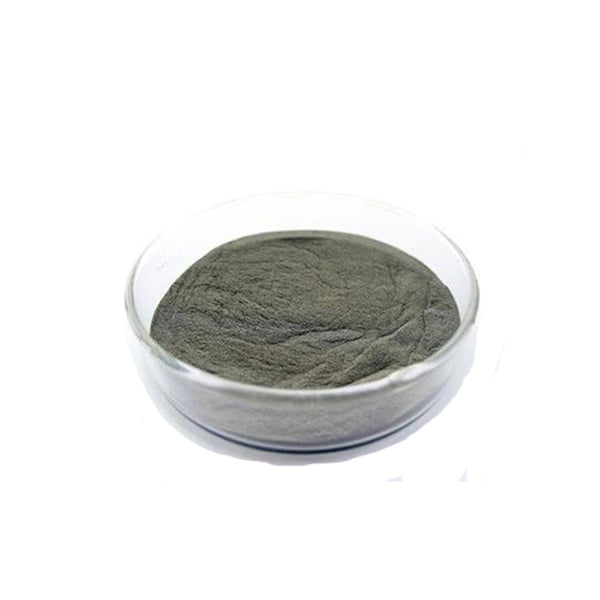
Vanliga frågor
Q: How are metal powders atomized?
A: Metal powders are atomized by breaking up a molten metal stream into fine droplets using gas jets, water jets or centrifugal forces, rapidly solidifying them into powder.
Q: What is water atomization?
A: In water atomization, a thin stream of molten metal alloy is struck by high-pressure water jets which break it up into small droplets. The droplets solidify into irregularly shaped powder particles as they fall through the water.
Q: What metals can be atomized into powders?
A: Many engineering metals like tool steels, stainless steels, nickel alloys, titanium alloys, tungsten alloys and precious metals can be atomized into fine spherical powders or irregular powders using appropriate techniques.
Q: What particle sizes can metal powder atomization achieve?
A: Conventional metal powder atomization can produce powders from around 10 microns to over 150 microns. Specialized nozzles and processing conditions allow particle sizes below 5 microns.
Q: How much does metal powder atomization cost?
A: Due to small volumes and specialized equipment, atomized metal powder costs between 5x to 10x more than standard raw metal stock per unit weight, with pricing ranging from $50 per kg to over $2000 per kg depending on composition and quality.
Q: Can you atomize multiple metals simultaneously into an alloy?
A: Yes, atomization allows melting and alloying various metals into customized compositions which solidify into an alloy powder with the desired elemental ratios and advanced metallurgical properties.
Q: What hazards are associated with metal powder atomization?
A: Fine metal powders may spontaneously combust, explode or be toxic if inhaled. Strict safety protocols for inert gas purging, explosion proof electrical equipment, pressurized nozzles, emergency ventilation and operator PPE are enforced.
Q: What machines are used in metal powder atomization?
A: The main metal powder atomization equipment includes vacuum induction furnaces, tundish pouring systems, gas and water jet nozzles, atomizing towers, cyclone separators, screening machines, powder drying ovens and sieving station.
Slutsats
Metal powder atomization is an intricate, multi-faceted manufacturing technique essential for new material development crossing industry boundaries. Persistent metallurgical challenges continue driving process refinements through extensive tribology research and plant trials. With broader collaboration across the metal powder value chain harnessing latest automation technologies, atomization promises to elevate manufacturing—not eliminate it.
Dela på
MET3DP Technology Co, LTD är en ledande leverantör av lösningar för additiv tillverkning med huvudkontor i Qingdao, Kina. Vårt företag är specialiserat på 3D-utskriftsutrustning och högpresterande metallpulver för industriella tillämpningar.
Förfrågan för att få bästa pris och anpassad lösning för ditt företag!
Relaterade artiklar

Högpresterande segment för munstycksvingar: Revolutionerande turbineffektivitet med 3D-utskrift i metall
Läs mer "Om Met3DP
Senaste uppdateringen
Vår produkt
KONTAKTA OSS
Har du några frågor? Skicka oss meddelande nu! Vi kommer att betjäna din begäran med ett helt team efter att ha fått ditt meddelande.

Metallpulver för 3D-printing och additiv tillverkning
FÖRETAG
PRODUKT
cONTACT INFO
- Qingdao City, Shandong, Kina
- [email protected]
- [email protected]
- +86 19116340731






